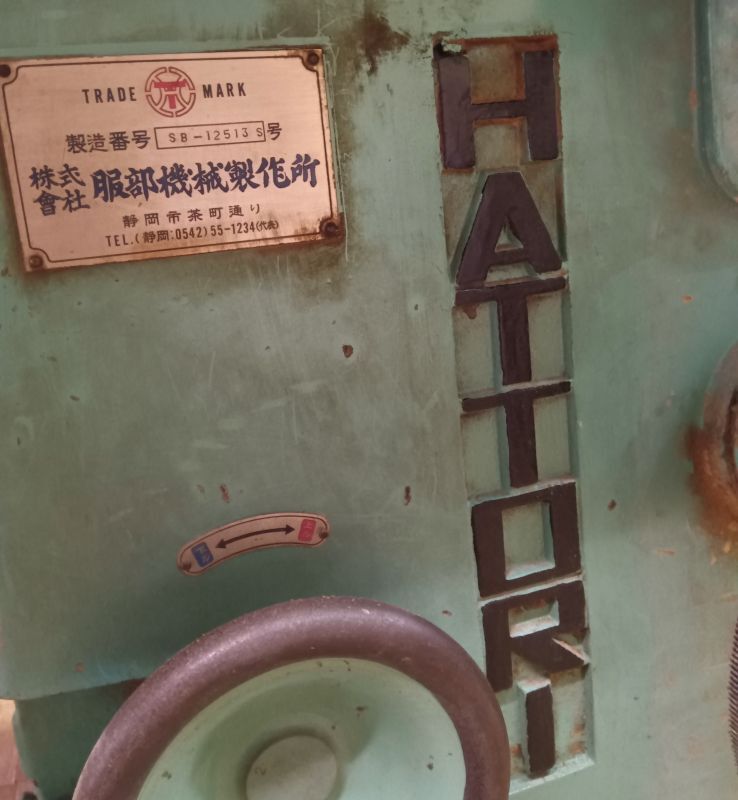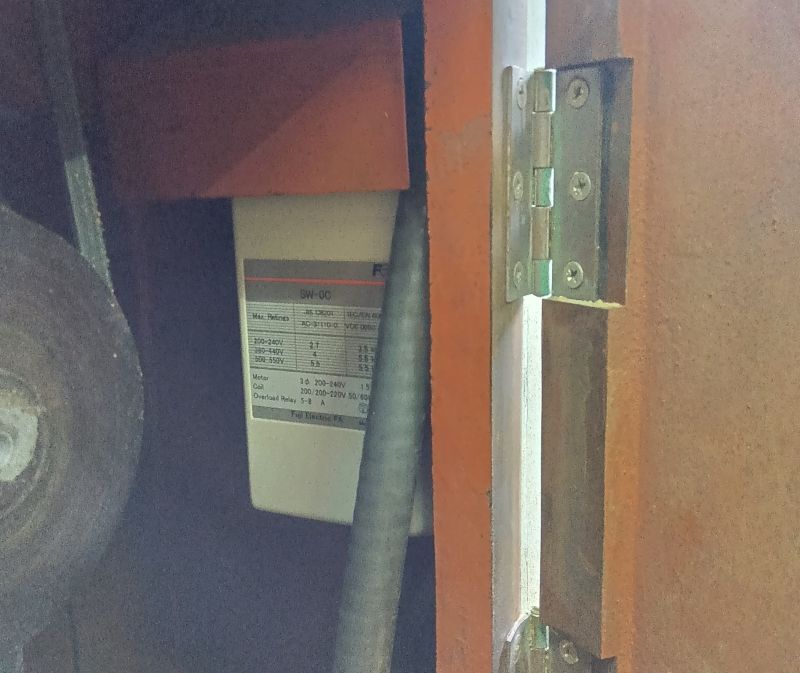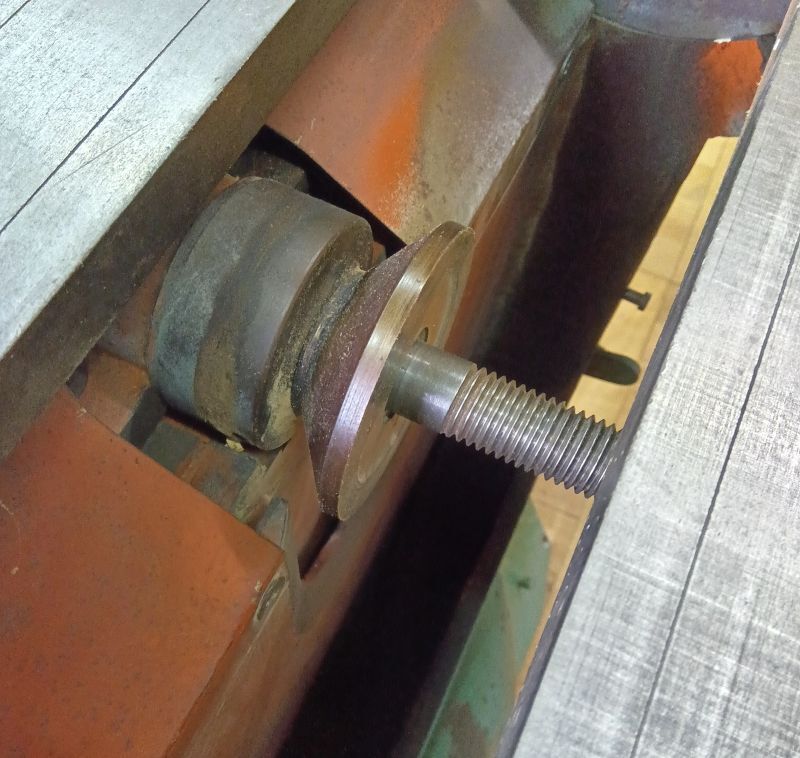Machine (Hattori)
About two months ago, the main woodworking machine I use started having problems. Yesterday, a technician from the machine's manufacturer came to my workshop to fix it. In fact, it was the switch part inside the machine that was malfunctioning. Thankfully, the machine was successfully repaired. My workshop has about ten different woodworking machines, but this one is the most frequently used. Its purposes include cutting wood and carving grooves, making it essential for producing parts of puzzle boxes. I have two of this type of machine in my workshop, so during the past two months, I've been making puzzle boxes with just the other one. The repaired machine of this time allows for more precise work, so I'm very happy it’s fixed now👏
This type of woodworking machine is called a "Table Saw" in English and is known as a "Shōkōban" in Japanese. However, Japanese table saws of this type are made of cast iron and are very heavy, which allows for great precision in manufacturing. The reason we can achieve craftsmanship quality similar to handwork with machines is thanks to this machine. Although I'm not exactly sure, it is said that this machine was made about 50 - 60 years ago. Of course, I did not purchase it myself; I inherited it from a previous craftsman who retired, and I have been using it ever since.
Among these table saws, this one from the company "Hattori Kikai" is said to have legendary performance. Unfortunately, the company has now gone out of business, and these machines are no longer made. This is a specialized and detailed topic, but the axis on which the central circular saw blade is mounted can be raised very high on this machine. This allows for the attachment of smaller circular saw blades. Additionally, the gauge attached to the machine for aligning dimensions can move very precisely. Therefore, I can make fine adjustments when creating moving panels (Aruki) or carving small grooves when making Mame Himitsu-bako (Tiny Japanese puzzle box). This machine is particularly indispensable for making Mame Himitsu-bako, and, in fact, I have not produced any Mame Himitsu-bako during the past two months😅
so I intend to take great care of this legendary woodworking machine😊
This type of woodworking machine is called a "Table Saw" in English and is known as a "Shōkōban" in Japanese. However, Japanese table saws of this type are made of cast iron and are very heavy, which allows for great precision in manufacturing. The reason we can achieve craftsmanship quality similar to handwork with machines is thanks to this machine. Although I'm not exactly sure, it is said that this machine was made about 50 - 60 years ago. Of course, I did not purchase it myself; I inherited it from a previous craftsman who retired, and I have been using it ever since.
Among these table saws, this one from the company "Hattori Kikai" is said to have legendary performance. Unfortunately, the company has now gone out of business, and these machines are no longer made. This is a specialized and detailed topic, but the axis on which the central circular saw blade is mounted can be raised very high on this machine. This allows for the attachment of smaller circular saw blades. Additionally, the gauge attached to the machine for aligning dimensions can move very precisely. Therefore, I can make fine adjustments when creating moving panels (Aruki) or carving small grooves when making Mame Himitsu-bako (Tiny Japanese puzzle box). This machine is particularly indispensable for making Mame Himitsu-bako, and, in fact, I have not produced any Mame Himitsu-bako during the past two months😅
so I intend to take great care of this legendary woodworking machine😊


